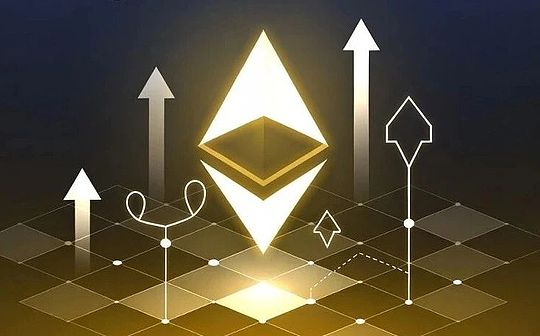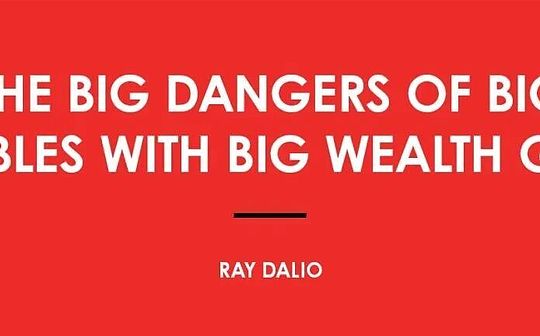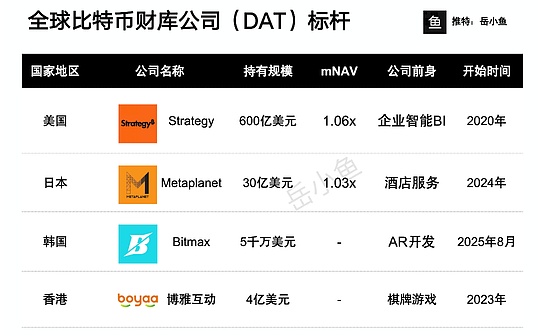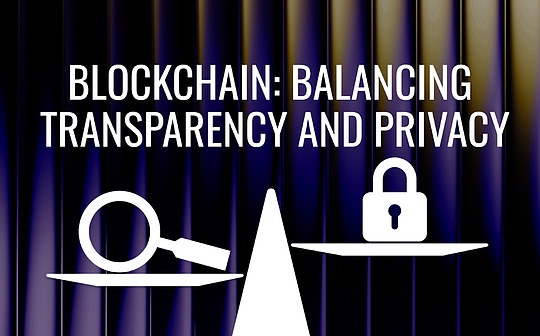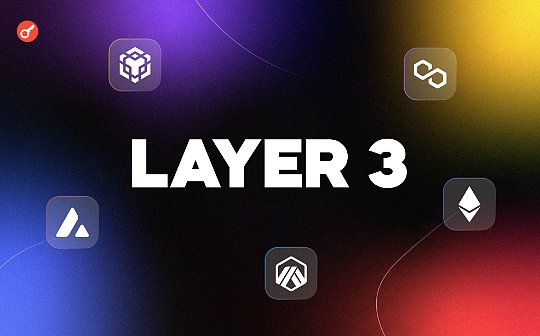
Author: Ryan Y Yi, Head of Investment at Coinbase Ventures; Michael Atassi, Chartered Financial Analyst at Coinbase; Translation: Bitchain Vision xiaozou
Key points:
-
While L2’s lower gas fees/increased throughput makes them the center of on-chain activity and occupy a considerable portion of the ETH economy, they may be subject to the pressure to maintain decentralized characteristics and to align with ETH L1.
-
Builders (builders) who want to experiment and customize their own applications and distribute them in line with L2 are now choosing to build L3 – an application chain based on the underlying L2.
-
The focus of this article is to establish a common understanding of L3.
1. Introduction
(1) What is L3?
If L2 is an on-chain hub, then L3 can be considered as a “on-chain server”, they have an isolated state environment and charging market, but are based on the underlying L2 and leverage their deposit/distribution mechanism.This provides a customizable block space for the application while still taking advantage of L2’s existing liquidity and user base.
-
Cost: Cost is reduced by 1000 times due to the combination of the following factors: 1) Lower entry costs (directly from centralized exchanges to L2), 2) Slightly lower settlement/execution costs (transaction settlement to L2 instead of L1), and most importantly 3) alternative data availability (DA), which is the way chain validates data accuracy (DA is more than 95% of the total L2 cost using ETH L1 data).Gas fees are also more predictable, as L3 has its own charging market (for example, on L2, a surge in activity in one app will increase the cost of all other apps).
-
Customizable: L3 adopts a lower decentralized standard than L2, which unlocks experimental new token economics (i.e. custom gas tokens), virtual machines (i.e. Solana VMs on ETH L2) and alt-DA(i.e. Celestia rather than ETH L1) capability.

(2) What is the difference between L3 and L2?
L3 is a rollup, so it has many similarities to the way people understand L2.
-
Settlement:Similar to L2 settlement to L1, L3 settlement to L2.
-
bridging:Just like the typical (or third-party) bridging of assets from L1 to L2, the same is true of assets from L2 to L3.
-
Virtual Machine:The software used by L3 does not necessarily need to run on the same technology stack as its underlying L2.For example, many current L3s run on Arbitrum Nitro but end up checking with Base (running on OP Stack).Additionally, most L3s are modified versions of existing popular L2s.For example, Arbitrum (Nitro) and OP Stack have released technology stacks adjusted to the needs of L3 builders.
-
Data Availability:This is the biggest difference factor.L3 will choose to use alternative DA layers (e.g. Celestia, EigenDA, Arbitrum AnyTrust), while L2 must be aligned/decentralized using ETH L1.Therefore, L3 achieves an extremely low-cost gas environment.
(3) How to release L3?
Since L3 mainly utilizes open source technology stacks that do not require permission, developers can: 1) run the technology stack/infrastructure themselves, and 2) use RaaS (Rollup-as-a-Service:rollup as a service) providers that provide management services (e.g.Conduit, Caldera) to deploy and host L3, or 3) consult a white label service provider (such as Syndicate) that will “subcontract” to various infrastructure providers (such as RaaS, Bridges, DevTools).

(4) Will L4 appear?
-
Since L3 provides dedicated block space and the ability to natively bridge to L2 “hubs” (center) liquidity/users, we believe this will cover all true on-chain use cases.
-
Even if L2 transaction costs drop, L3 may be the “last” position for vertical expansion (i.e., no L4).
Integration with L2 – The core assumption of L3 is to be able to take advantage of the liquidity/user of the underlying L2 “hubs”.If “L4” is created, it will be further away from L2 and deviate from the original goal.
No cost improvements – alternative DA is to reduce costs.Moving toward the top of the technology stack does not really change the settlement/execution cost composition.
-
If L3s reach the extension limit without further vertical expansion (“L4”), they may start another L3 based on the same L2 (connected via native bridge).The conclusion is that L3 is likely to expand horizontally rather than vertically.
2. Ecosystem impact
(1) L3 will become another preferred direction for on-chain builders, which may lead to a situation where a few L2 “hubs” have millions of L3 “servers”.
-
For on-chain developers, L3 represents a potential paradigm shift as they break potential barriers and lower the threshold for developing on-chain applications at mainstream scale, which could lead to “app stores with millions of L3s””time.
-
L3 provides builders with an experimental platform that is ideal for high throughput/low cost applications – and can then leverage underlying L2 hubs to support liquidity/deposit/distribution.
-
The possible result is that there are dozens to hundreds of L2 hubs, while L3 may have millions.
(2) From a cost perspective, L3 may bring “AWS” moment.
-
One observation is that L2 is becoming their own on-chain hubs.Since L2 is very close to L1, the cost of operating L2 is usually high, and the annual cost can range from 7 to 8-digit dollars.
-
On the other hand, the operating cost of L3 is much lower, with the annual cost of operating L3 ranging from US$25,000 to US$50,000.
(3) L3 developers will promote the popularity of more frameworks besides Solidity/Vyper, thus forming a multi-VM environment.
-
There are some projects that are trying to deploy alternative frameworks on Ethereum (such as MoveVM, SolanaVM, Arbitrum Stylus).The goal is to expand the scope of developers’ products while leveraging existing network effects, liquidity and Ethereum deposit methods.
-
This may be reflected in the L2 level first—but we can expect these frameworks to be deployed as L3, with the goal of leveraging L2 hubs like Base.
-
The end result is that L2 can attract developers widely at the L3 level while maintaining its own chain on the EVM (rather than trying to integrate multiple virtual machines directly into L2).
(4) The value flow of L3 will depend on the application layer
-
The KPI of a single L3 is user, transaction and token utility, not sorter fees.The average value created by a single L3 may be small – but as the number of L3s increases, this will create a network effect.
-
The growth of L3 is usually conducive to the value creation of software side (such as development tools, RaaS) and the value creation of protocol side (data availability, chain abstraction), but it can only be expanded under the premise of a large number of L3s.
-
We can foresee that a single issuer/project may launch multiple L3s, thus forming its own L3 ecosystem.For example, an on-chain gaming ecosystem might provide an L3 for each game, while an emerging ecosystem would provide surplus value to share with other stakeholders.
(5) L3 requires smoother interoperability and chain abstraction to succeed
-
If the intended purpose of L3 is to take advantage of the user experience of L2 users and we expect more and more L3s per application use case, then interactions with these L3s need to become seamless at the user level.
-
Similar to L2, L3 bridging can be implemented in two ways: native settlement from L3 to L2, or through a third-party supplier.Due to the experimental nature of the L3 technology stack, third-party vendors are more suitable for L3, which may result in the bridge layer being neither unified nor flexible.
-
Meanwhile, L3 may only prioritize interoperability with the specification L2 settlement chain, rather than targeting full interoperability with all other chains.Therefore, they will focus on enhancing the functionality and features of the bridge, such as reducing latency and providing one-stop liquidity to improve the overall user experience.
-
Protocol development is underway around how to introduce native concepts at the sorter level.
3. Future prospects
In short, the L2 ecosystem will witness the growth of L3 builders who hope to create siloed on-chain application experiences while leveraging the underlying L2 hubs.

